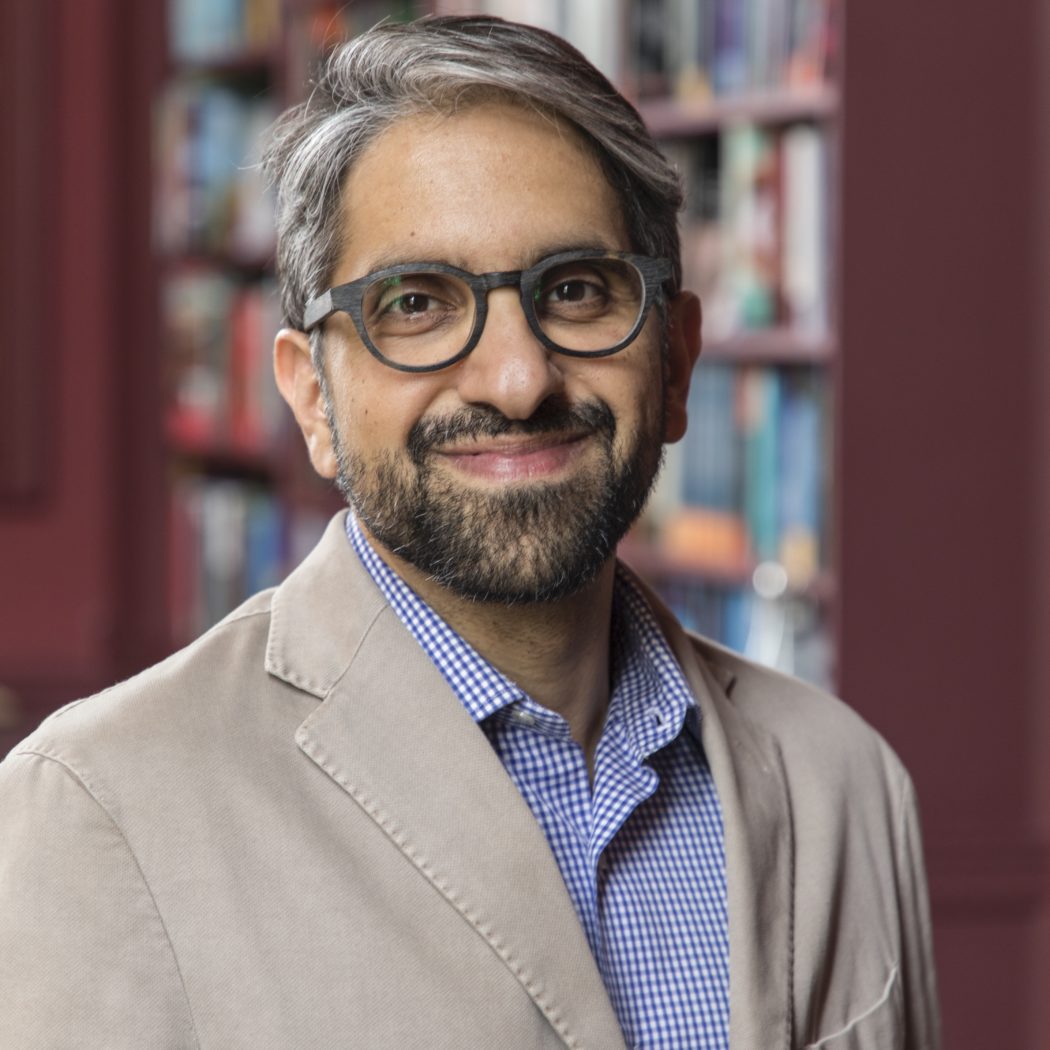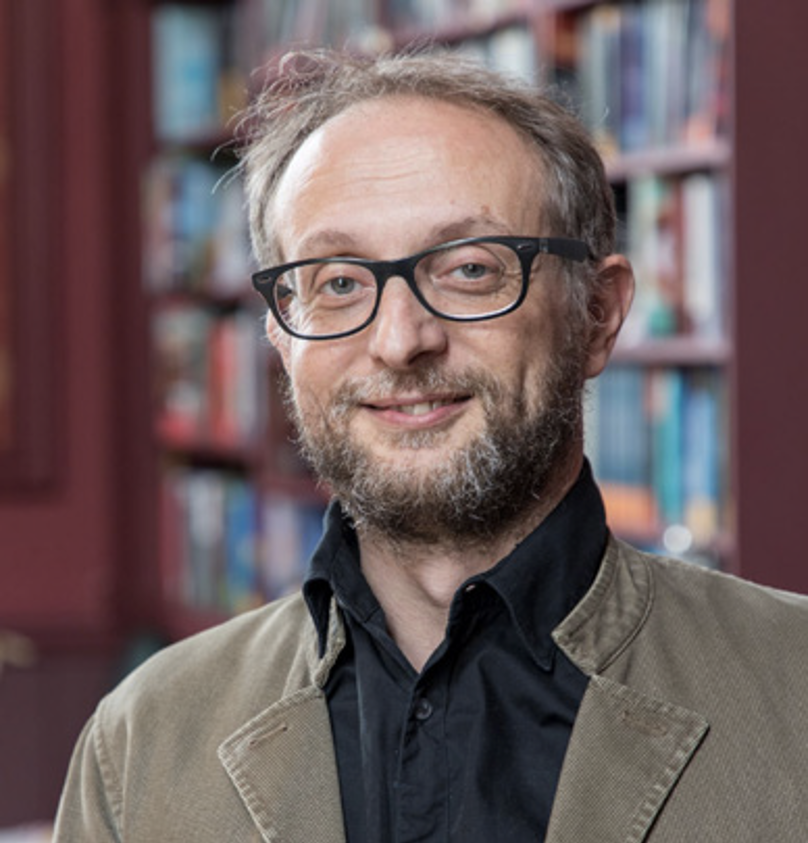Long-time neglected architectural and artistic productions of the modernization era are now at the centre of a renewed interest. In the last decade, a series of initiatives were launched to understand, analyse and re-engage with the once-modern city, which meanwhile lost its pivotal function and meaning. A city within a bigger city, the urban fabric produced in the Gulf during the modernization era has the potential to narrate the social growth, as well as the East-West dynamics typical of the region and citizens’ memories of a recent past. Lately, media reported the news of preservation policies to be issued for the architecture of the second half of the 20th century. What future can be envisioned for the Gulf modern heritage? The workshop invites qualitative and quantitative contributions that will look at this compelling topic from a cross-country perspective pondering the cultural, historical and sociodemographic aspects of possible repurposing actions.
3 DAYS / 12 Workshops
MORE THAN 300 ACADEMIC PAPERS
In summer 2018 the Municipality of Dubai launched the Modern Heritage Initiative,
intending to preserve a series of buildings from the 1970s, such as John Harris’ World
Trade Center and George Rais and Jafar Tukan’s Al Khuloud Nursery School, among
others. This is one of the rare occasions in which a GCC government agenda puts the
word ‘heritage’ is in direct association with the architectural production of the
modernization era. For decades, modernist architecture in the Gulf has been equated to
the demolition of the traditional medina, with top-down plans and the gradual
westernization of the country. In the second half of the 20th century, the rapid urban
and social transformation has been blamed for allegedly superimposing foreign
narratives to local customs, blurring the contours of the native culture. As a
consequence, people and institutions have demonstrated disaffection and a low sense
of belonging to the 1960s-1970s city. Today, it is not the most appealing
residential/commercial location, and demolition is normally accepted as a common
practice to liberate strategic central plots to attract investors and real-estate speculators.
Moreover, since the local population has progressively snubbed the once-ville moderne,
it has become a vital and informal gathering point for ‘other’ citizenships.
However, and despite resulting in an incomplete vision, modernist architecture has been
the language - for better or worse - of Gulf cities’ global aspirations. Modernism again,
both in the arts and in architecture, has been instrumental in reconsidering and
negotiating fluid concepts like tradition, contemporaneity and identity in relation with
society and the built environment.
In the last decade, a new tangible interest for these artefacts has grown stronger, as
demonstrated by a variety of new studies and bottom up-initiatives. Scholarly research
and publications, students' thesis topics as well as Venice Biennale participations,
public debates and exhibitions, place-making campaigns and a few rehabilitation
projects demonstrate a raising and compelling need to re-engage with the concrete city
of the 1960s and 1970s.
Now, if, as it seems, the Gulf will move towards the preservation of his recent physical
past, what conservancy can be expected or envisioned? Architecture is meant to
perform as a living organism in synergy with the urban environment. Given the Gulf
cities’ tendencies to ‘spectacularize’ or ‘museify’ the built environment (e.g. heritage
villages or history theme malls), and the wave of nostalgia perceivable especially on
the social media, what can be a projected trajectory for these specific artefacts in the
near future?

